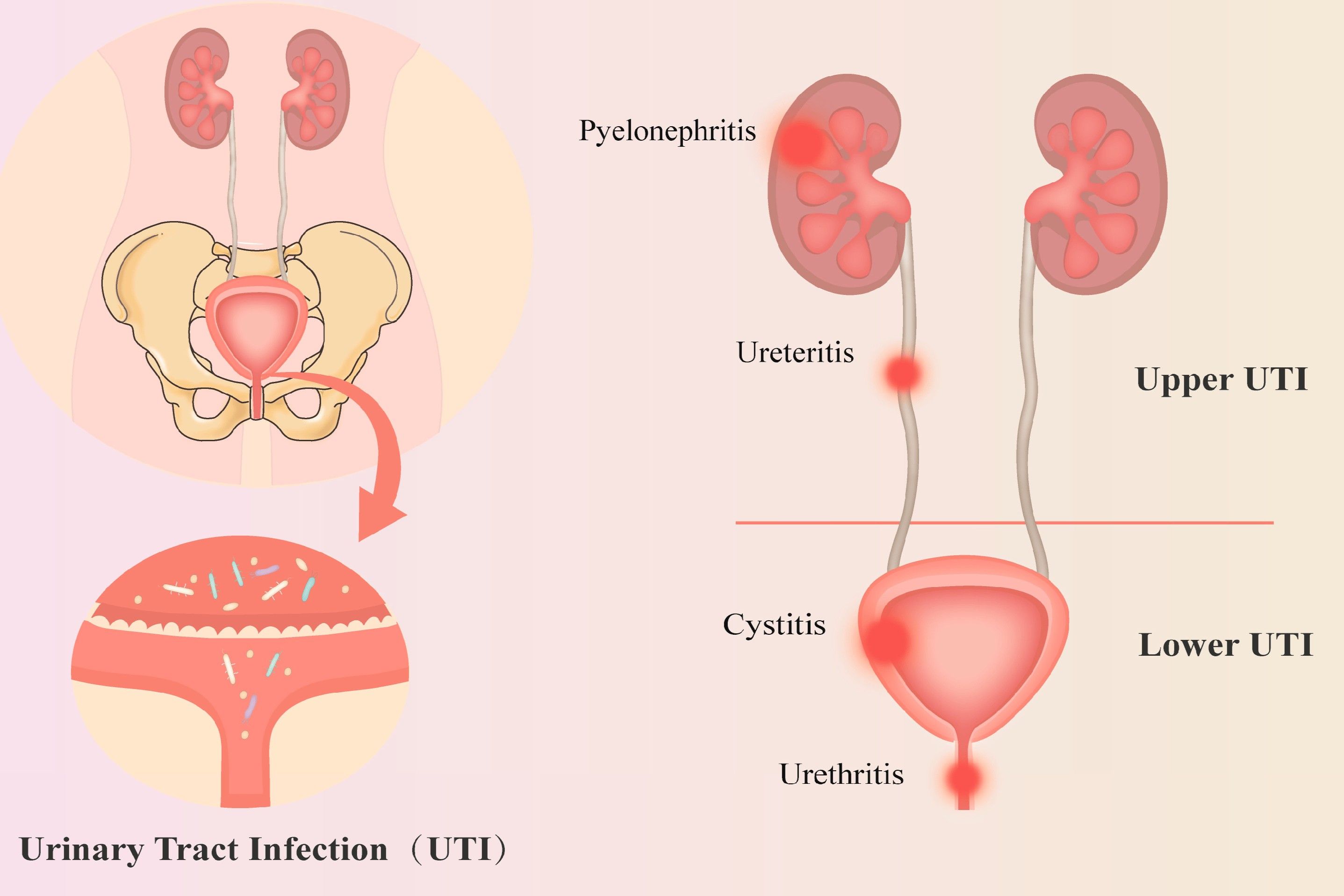
Pyelitis is a medical condition that affects the kidneys, specifically the renal pelvis. But what exactly is pyelitis? In simple terms, it's an inflammation of the renal pelvis, often caused by bacterial infections. This condition can lead to symptoms like fever, chills, back pain, and painful urination. If left untreated, it might escalate into more severe kidney issues. Understanding pyelitis is crucial for early detection and treatment. In this blog post, we will explore 32 essential facts about pyelitis, from its causes and symptoms to treatment options and prevention tips. Stay informed to keep your kidneys healthy!
What is Pyelitis?
Pyelitis is an inflammation of the renal pelvis, the funnel-like part of the ureter in the kidney. It can be quite painful and often requires medical attention. Understanding this condition can help in recognizing symptoms early and seeking appropriate treatment.
- Pyelitis primarily affects the renal pelvis, which is the part of the kidney that collects urine before it moves to the bladder.
- This condition is often caused by bacterial infections, particularly E. coli, which can travel up the urinary tract.
- Symptoms of pyelitis include fever, chills, back pain, and a frequent urge to urinate.
- Pyelitis is more common in women than men due to the shorter length of the female urethra.
- If left untreated, pyelitis can lead to more severe kidney infections, known as pyelonephritis.
Causes of Pyelitis
Understanding the causes of pyelitis can help in preventing this painful condition. Several factors can contribute to the development of pyelitis.
- Bacterial infections are the most common cause of pyelitis, with E. coli being the primary culprit.
- Poor hygiene practices can increase the risk of bacterial infections leading to pyelitis.
- Kidney stones can block the flow of urine, creating an environment where bacteria can thrive and cause pyelitis.
- Individuals with weakened immune systems are more susceptible to infections, including pyelitis.
- Certain medical conditions, such as diabetes, can increase the risk of developing pyelitis due to higher sugar levels in urine, which can promote bacterial growth.
Symptoms of Pyelitis
Recognizing the symptoms of pyelitis early can lead to prompt treatment and prevent complications. Here are some common signs to watch for.
- A high fever is often one of the first signs of pyelitis.
- Chills and shivering can accompany the fever, indicating an infection.
- Pain in the lower back or sides, near the kidneys, is a common symptom.
- A frequent and urgent need to urinate, often with little urine produced, can signal pyelitis.
- Cloudy or foul-smelling urine may indicate the presence of bacteria causing pyelitis.
- Nausea and vomiting can occur, especially in severe cases of pyelitis.
Diagnosing Pyelitis
Accurate diagnosis is crucial for effective treatment of pyelitis. Medical professionals use several methods to diagnose this condition.
- A urine test can detect bacteria, white blood cells, or other signs of infection.
- Blood tests may be conducted to check for signs of infection or kidney function.
- Imaging tests, such as ultrasounds or CT scans, can help visualize the kidneys and detect any blockages or abnormalities.
- A physical examination, including checking for tenderness in the kidney area, can aid in diagnosis.
- In some cases, a urine culture may be performed to identify the specific type of bacteria causing the infection.
Treatment Options for Pyelitis
Treating pyelitis promptly can prevent complications and promote recovery. Various treatment options are available depending on the severity of the condition.
- Antibiotics are the primary treatment for bacterial infections causing pyelitis.
- Pain relievers may be prescribed to manage discomfort and reduce fever.
- Drinking plenty of fluids can help flush out bacteria from the urinary tract.
- In severe cases, hospitalization may be required for intravenous antibiotics and fluids.
- Surgery might be necessary if kidney stones or other obstructions are causing the infection.
Preventing Pyelitis
Prevention is always better than cure. Taking steps to prevent pyelitis can save you from pain and discomfort.
- Practicing good hygiene, especially after using the restroom, can reduce the risk of bacterial infections.
- Drinking plenty of water helps keep the urinary tract flushed and reduces the risk of infection.
- Avoiding holding urine for long periods can prevent bacteria from multiplying in the bladder.
- Cranberry juice is believed to help prevent urinary tract infections, which can lead to pyelitis.
- Wearing breathable, cotton underwear can help reduce the risk of infections by keeping the area dry.
- Regular medical check-ups can help detect and treat any underlying conditions that may increase the risk of pyelitis.
Final Thoughts on Pyelitis
Pyelitis, an infection of the renal pelvis, can be quite serious if not treated promptly. Knowing the symptoms like fever, back pain, and frequent urination helps in early detection. It's often caused by bacteria traveling up the urinary tract, making hygiene and hydration essential preventive measures. Antibiotics are the go-to treatment, but severe cases might need hospitalization. Ignoring pyelitis can lead to complications like kidney damage, so timely medical attention is crucial.
Understanding pyelitis empowers you to take proactive steps for your health. Stay informed, practice good hygiene, and consult a healthcare professional if you notice any symptoms. Your kidneys play a vital role in your overall well-being, so keeping them healthy should be a priority. Stay vigilant and take care of your body to avoid the complications associated with pyelitis.
Was this page helpful?
Our commitment to delivering trustworthy and engaging content is at the heart of what we do. Each fact on our site is contributed by real users like you, bringing a wealth of diverse insights and information. To ensure the highest standards of accuracy and reliability, our dedicated editors meticulously review each submission. This process guarantees that the facts we share are not only fascinating but also credible. Trust in our commitment to quality and authenticity as you explore and learn with us.
